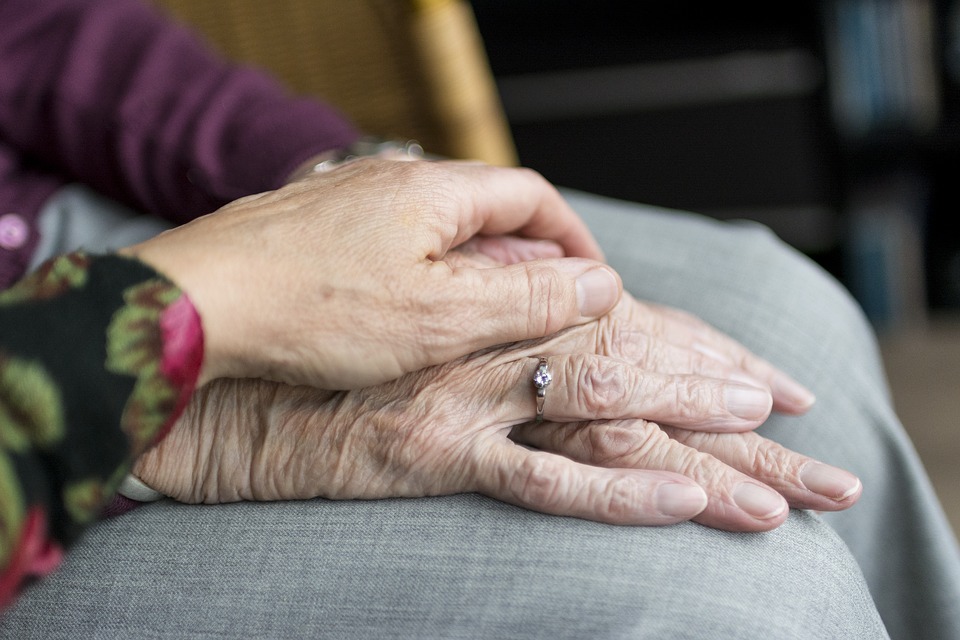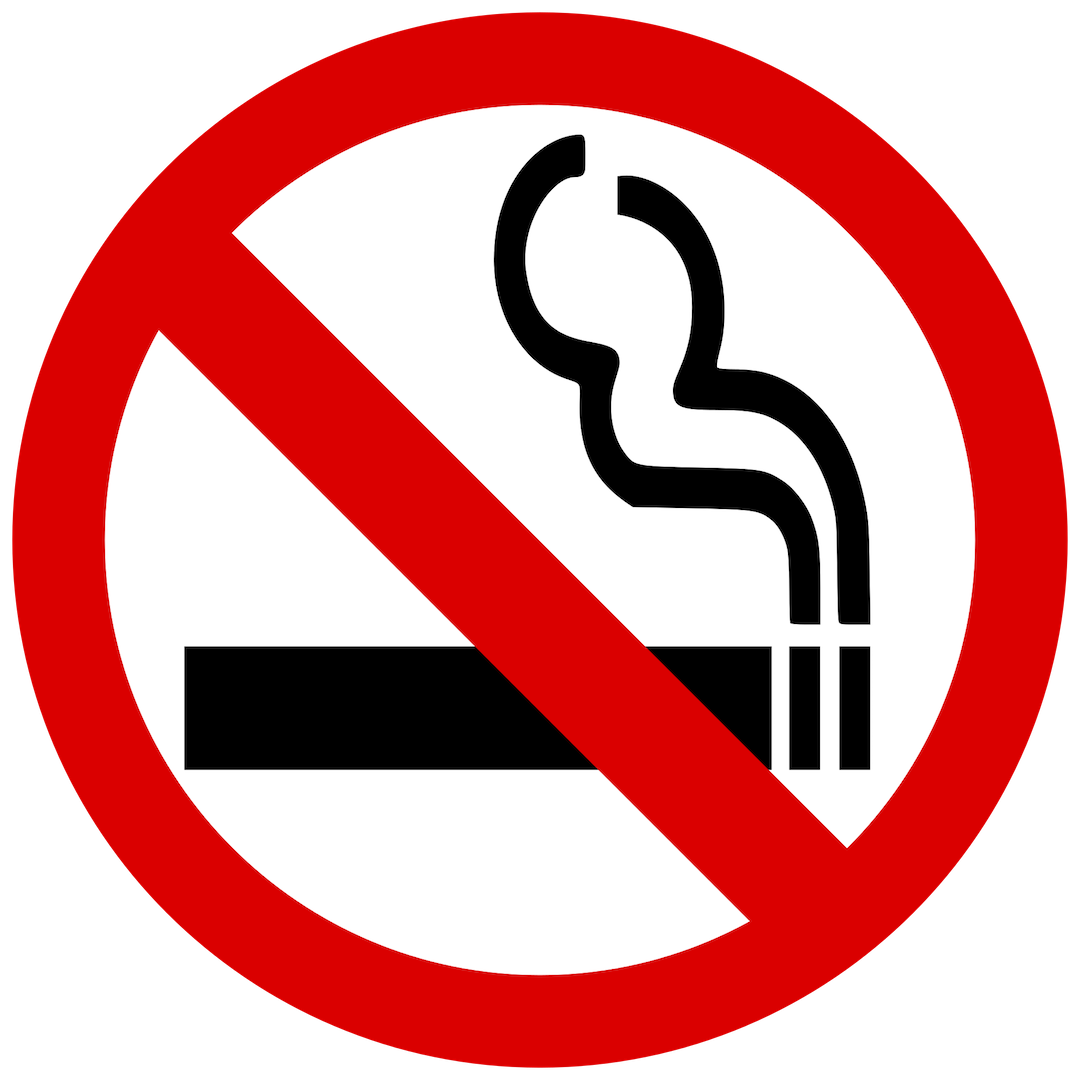There are many men who have difficulty in some form of exercise, which is related to abdominal muscles. It can be as you sit, walk, carry heavy loads, or typical when exercising. This usually lasts, and you often have back pain when you wake up. It may be a few basic symptoms that indicate your body is having problems.
Have you heard of Diastasis recti in men? It may be a symptom we hear in women after childbirth. However, it also appears in men. These symptoms are not dangerous, but they make your activities confused. Let’s find out what Diastasis recti is?

What is the Diastasis Recti?
Normally, the left abdominal muscles and right abdominal muscles must be held together by the muscle tissue, which serves to keep the internal organs in the abdomen. Diastasis recti are the separation of the abdominal muscles from the horse bone to the pubic bone. This stretch can reach 2-3 or more fingers.
Diastasis recti in men gradually over time and are noted by a hollow protrusion in the middle abdomen. It is easy to see when we make some bending or sitting exercises. This problem is often confused with gaining weight in some people.
Simple test whether you have Diastasis recti or not
Step 1. Lay your back on the floor with your legs closed, place your feet on the floor and close to your buttocks.
Step 2. Lift the head and neck slightly off the floor
Step 3. Ask someone to press your finger on the middle of the abdomen. If there is space under the skin, between the left and right muscles, you have Diastasis recti. The bigger the gap, the heavier you are.
People are susceptible to Diastasis Recti
Excess weight
As for women, when there is excess weight, or excess fat builds up on the sides. As for men, it happens in the middle and lower abdomen. Excessive body weight increases in men, resulting in increased pressure on the muscles in the abdomen, resulting in stretching and stretching, leading to Diastasis Retic in men.
Weightlifting the wrong way
Exercising with weights is quite common for men. However, many people practice the wrong way, without the instructor, follow the group of muscles that you want. This leads to the practice of unstructured exercises, and for long periods of time. This will cause the body to suffer from mild to moderate injuries.
Especially for abdominal exercise. Many people find their online exercises to follow. Exercises that come with the weights are always the best interests of the people because they are effective. So, if you do not want to have Diastasis Retic in men, I recommend that you exercise caution when exercising, and choose a coach yourself.
Perform excessive abdominal exercise
There are many people who want to have a firm abdominal muscle, 6 sections, beautiful, well balanced. So they often think, if the training with double the intensity will be achieved twice as fast. However, you are completely wrong.
Regardless of a problem, when we want to have good results, it takes a lot of time. Most of the advice is that each person should only exercise from 1 to 2 hours for 1 day. And we have to split the schedule of muscle groups, body areas on different days in a week.
Be careful with Diastasis Retic in men. You will see it in people who practice abdominal exercises for more than 3 hours a day, and continuously for a week. Then the pressure on the abdomen is too big, and it will not be good for you.
How to treat Diastasis Retic in men?
It can be seen that Diastasis Retic is an increasingly common symptom in men in recent times. It is important to regain your shape when you have diarrhea. During this period, you should pay close attention, especially it must be agreed and advice from the doctor.
Abdominal fat reduction exercises, as well as abdominal muscles such as Crushes, will create more weight on the abdominal wall. This will make the situation worse. You should stay away from such exercises, but it is best to choose light exercises that do not affect the abdominal wall. Also, physical therapy may also help to remove Diastasis Retic.
If the Diastasis Retic is too wide, surgery is the best way to remove excess fat. However, think of this as a last resort as it is not entirely good for your health. You should only operate when you are sure you need it.
Close
So you understand what is the Diastasis Retic in men is not yet. Health issues are a priority, not just for women but for men. Understanding the symptoms, you will know how to solve the problem easier. Hope the information we give above is suitable and useful for you in life.
REFERENCE:
1, https://carekees.com/diastasis-recti-in-men/
Like this:
Like Loading...





















